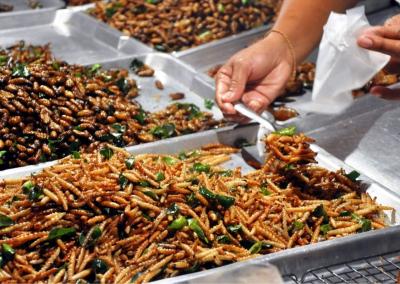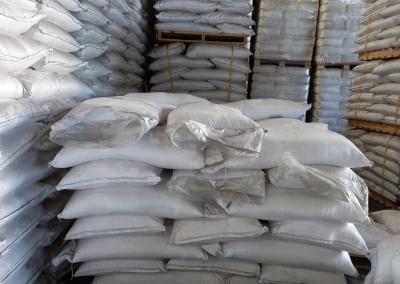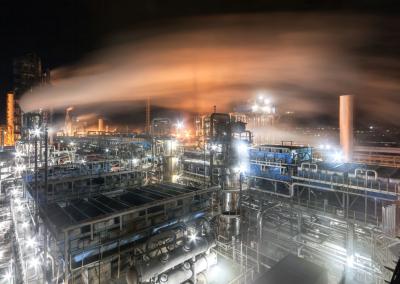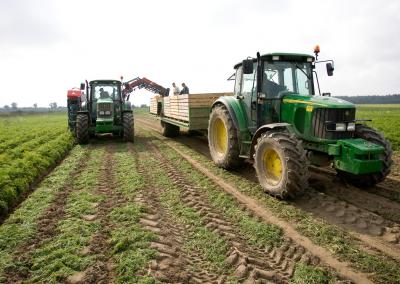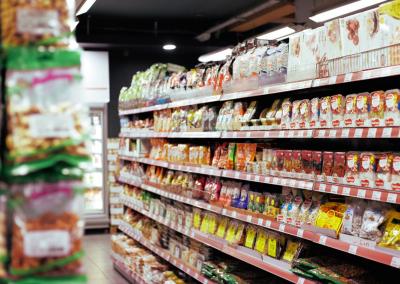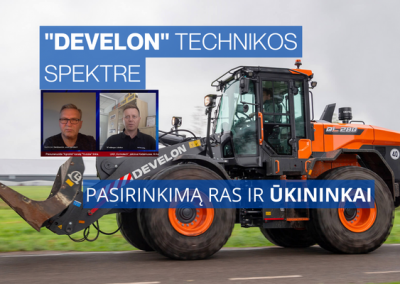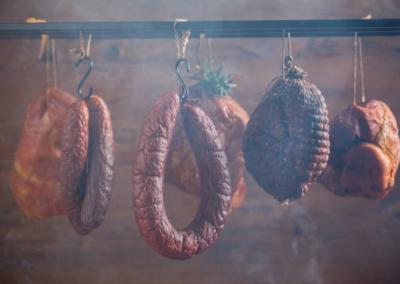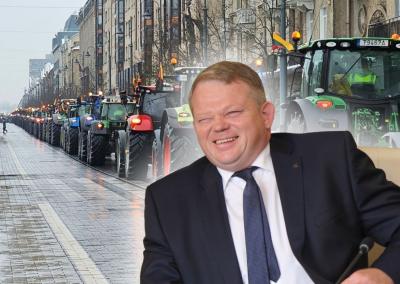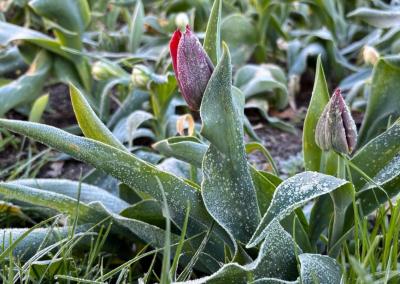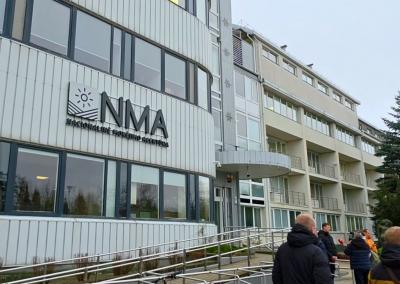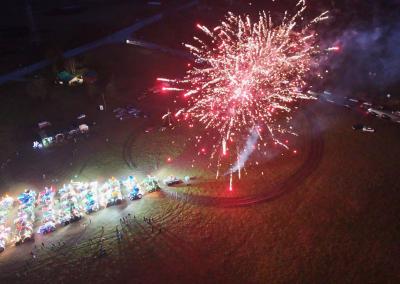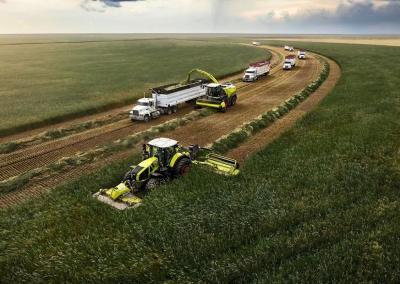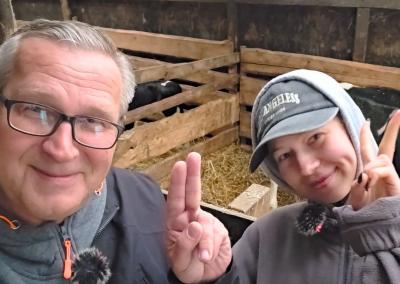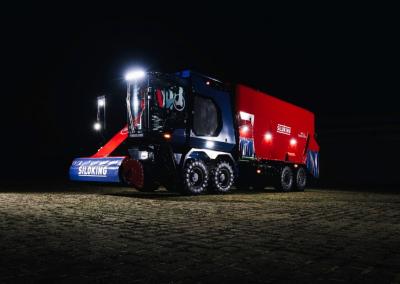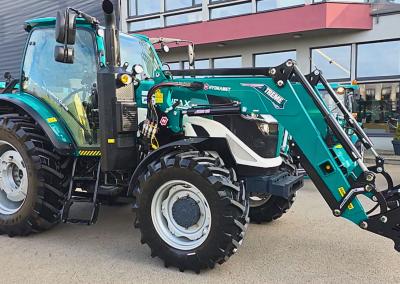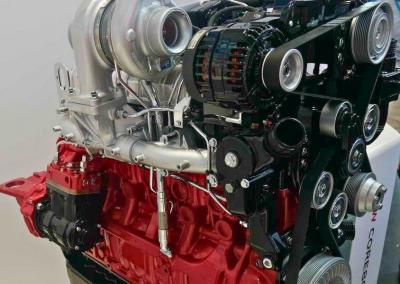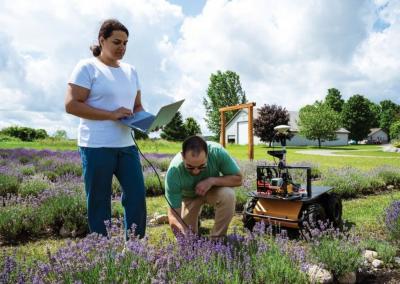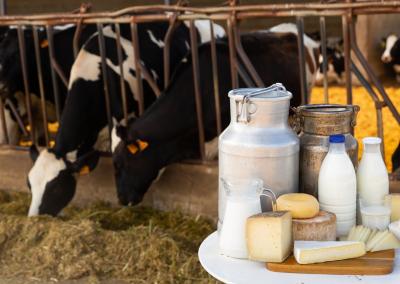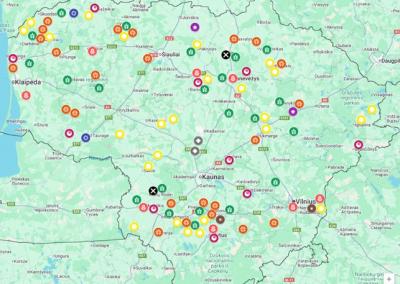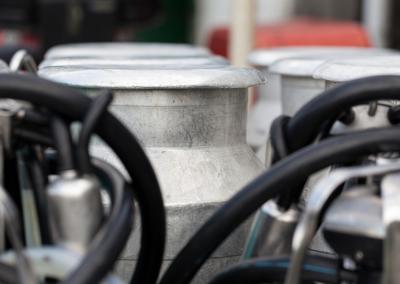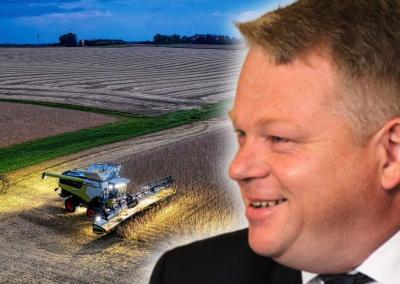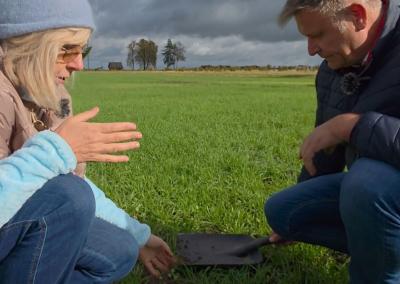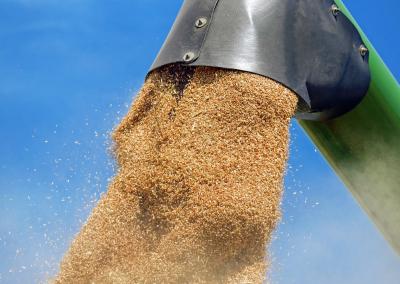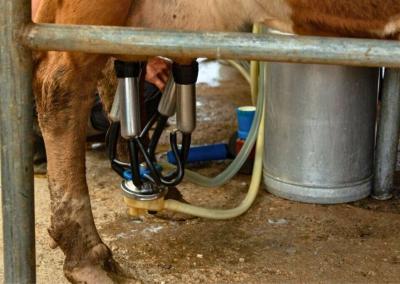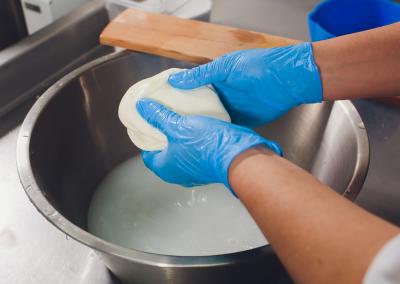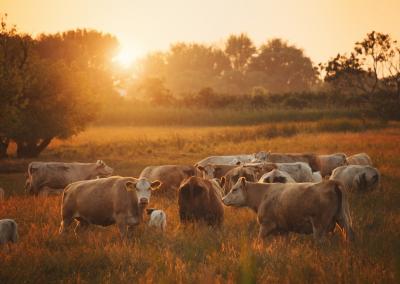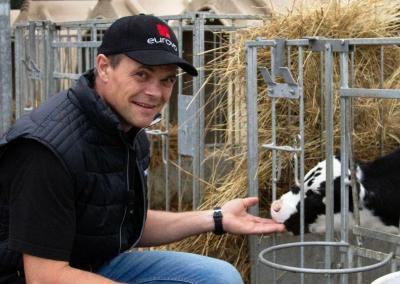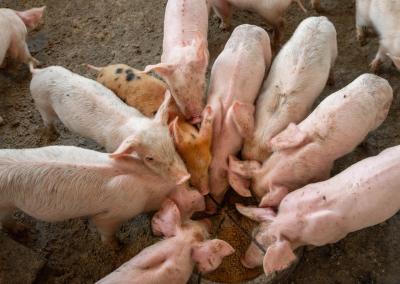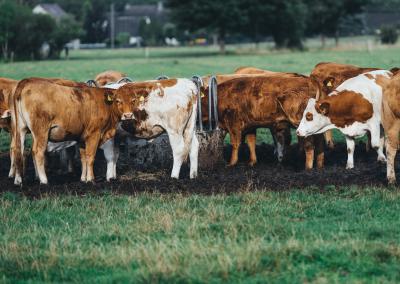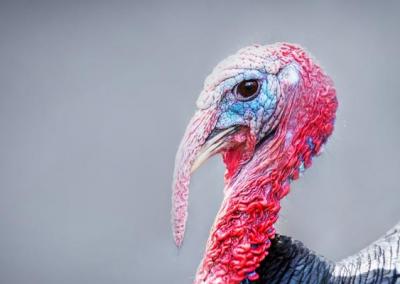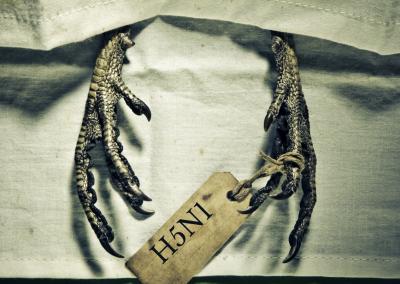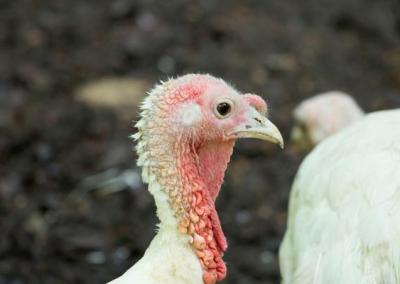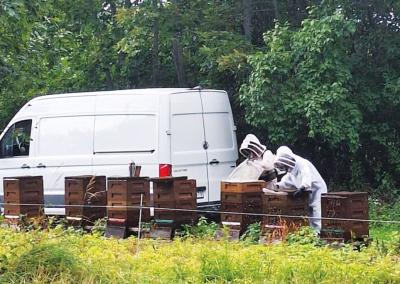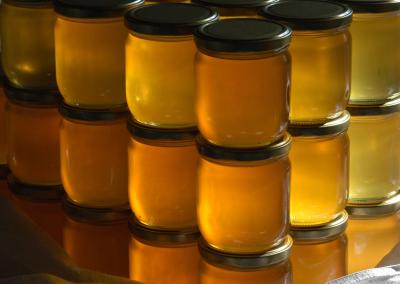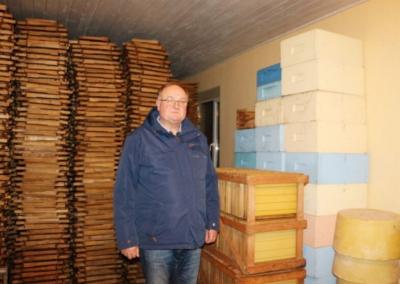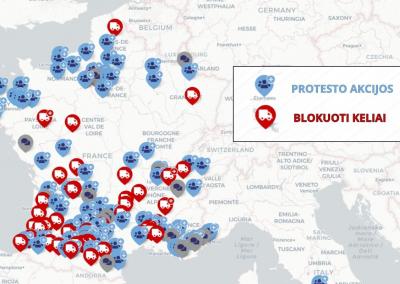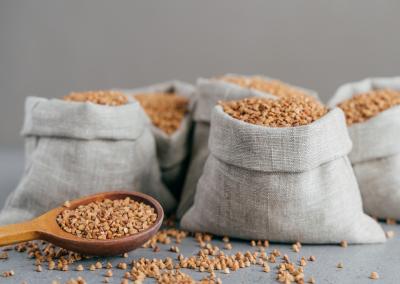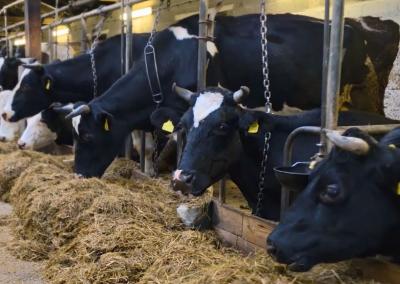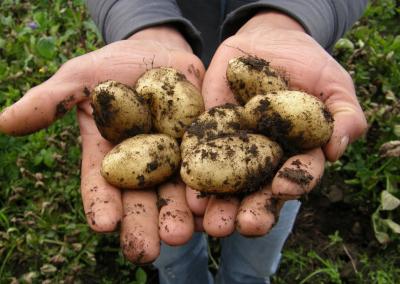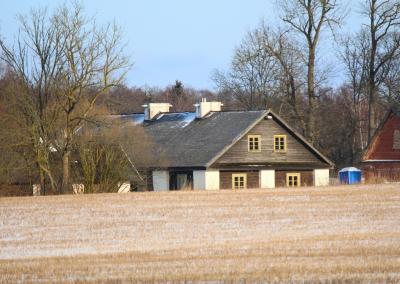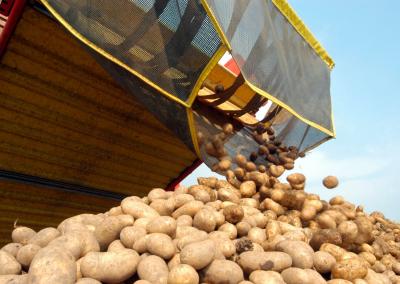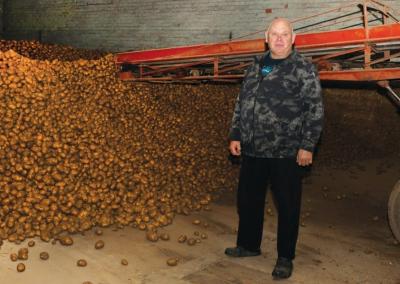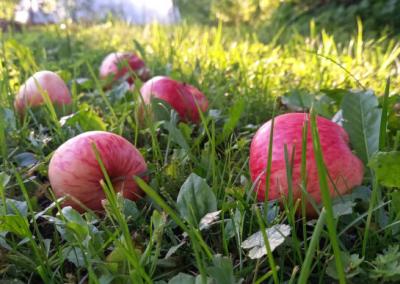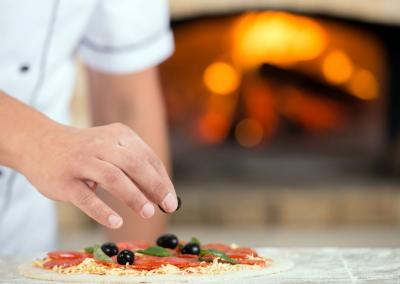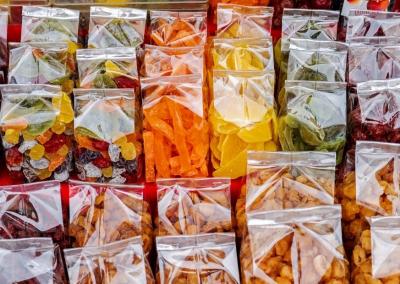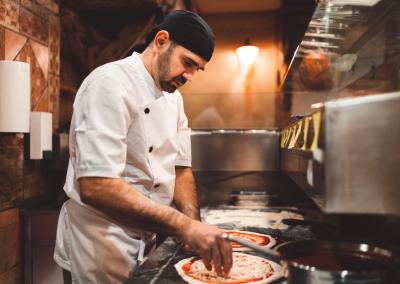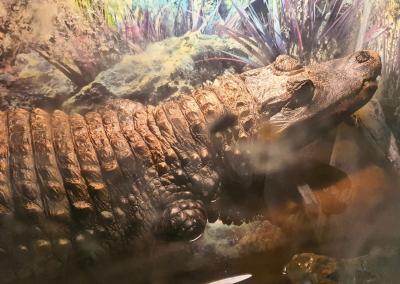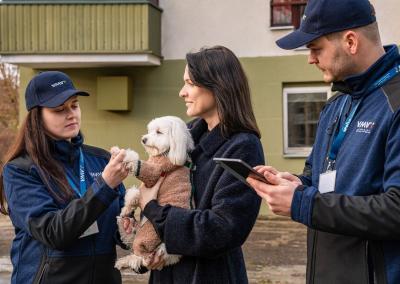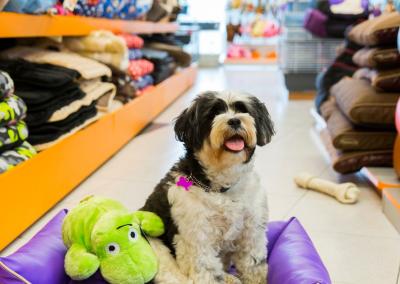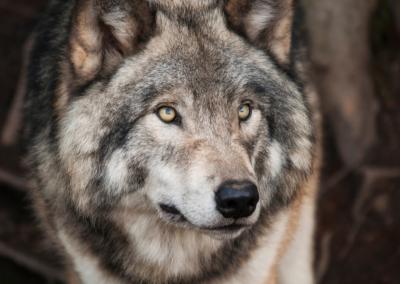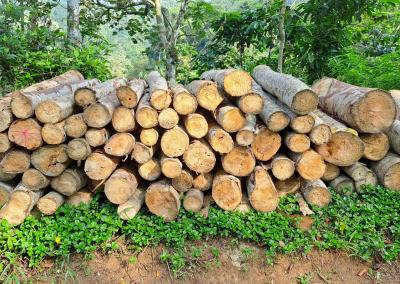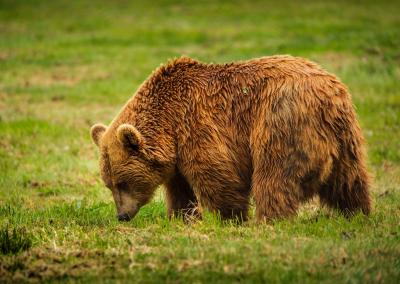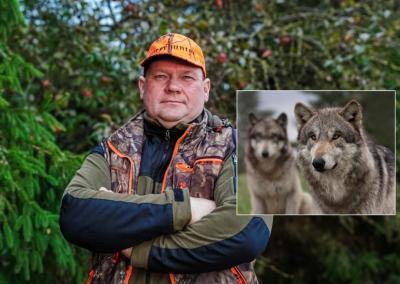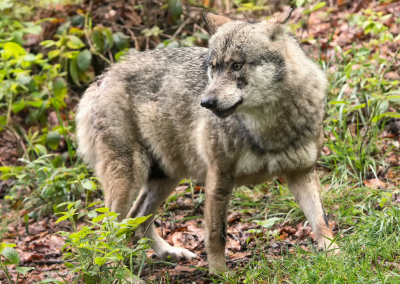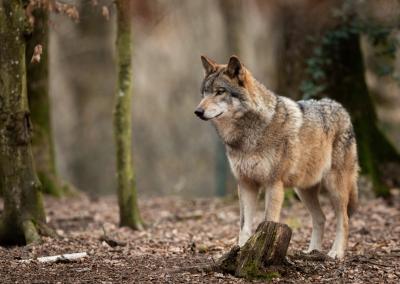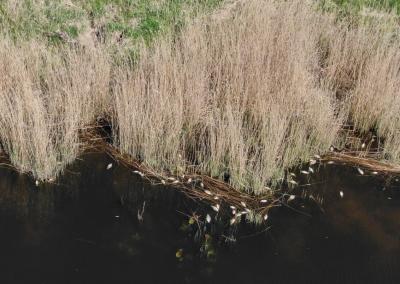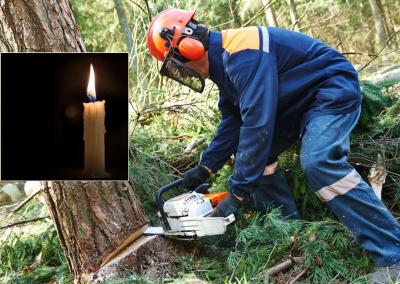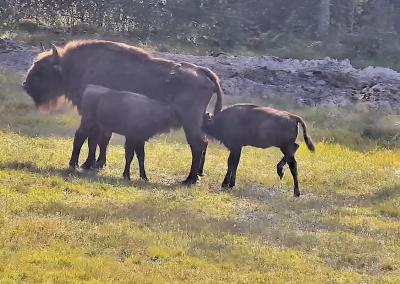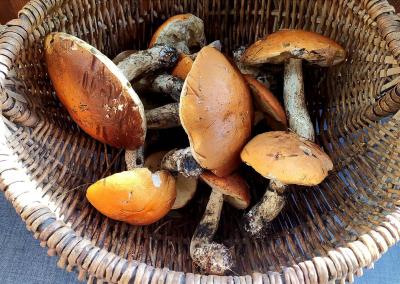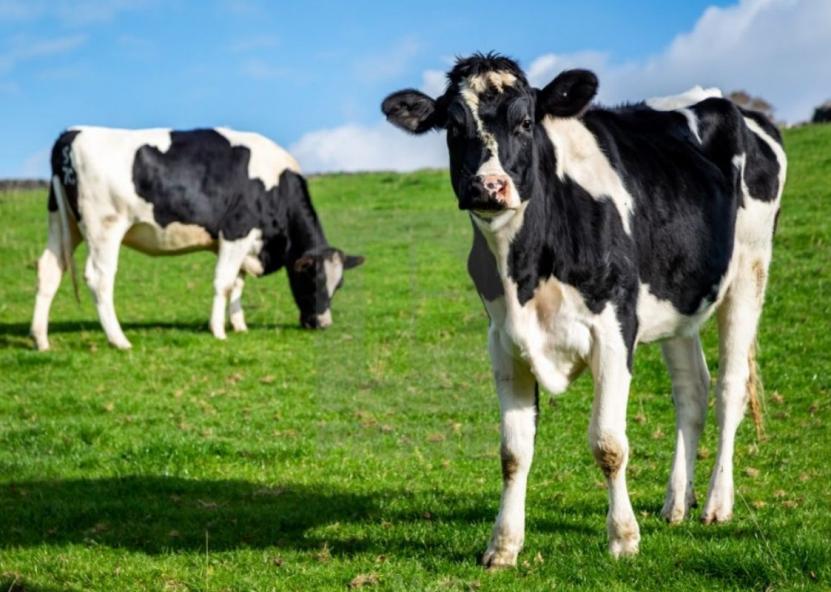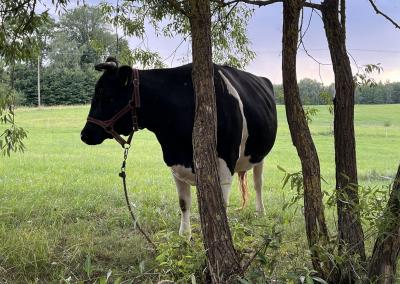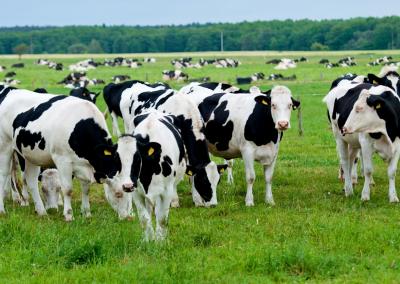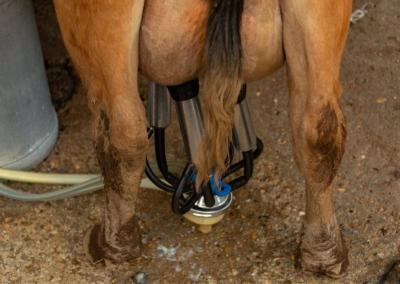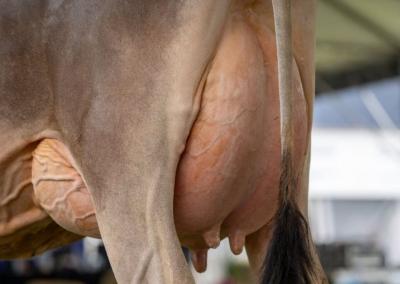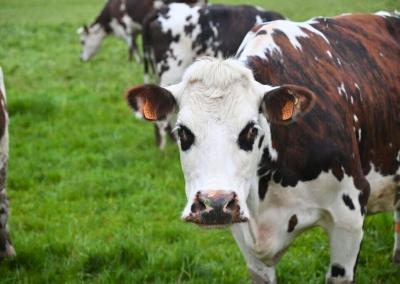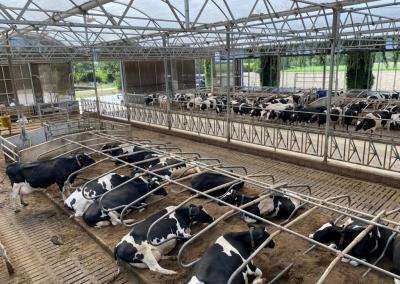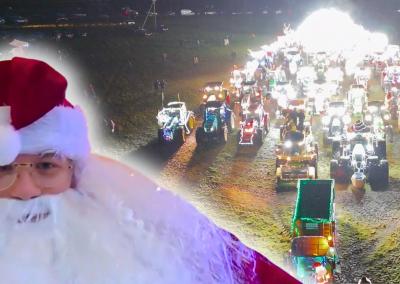What kind of cows do we need to breed for future milking systems?
The number of farms choosing robotic milking in Lithuania is growing rapidly. It's not just a solution to labour shortages – the robot becomes the nervous system at the centre of the farm, capable of collecting thousands of pieces of data about each cow. But the success of the robot is not only dependent on the software or the quality of the device. Genetics also play a huge role – which cows make it into the barn.
Barrel shape – a fundamental criterion
A robot needs a udder that „inserts“ into the milking system quickly and without error. This means that the teats must be correctly positioned, neither too close nor too far apart. A very narrow or very wide teat placement increases the robot's insertion time, which means a higher risk of damage and a more nervous cow. In breeding programmes today, there is a clear emphasis on the udder index for robot suitability – one of the most important selection directions for the future.
Behaviour and adaptation to technology
Robotic milking relies on the cow's autonomous decision to come to the milking place. It is therefore important that the animals are calm, curious and not frightened of new things. In genetics, this is described as temperament or ease of management traits. Calm, socially active cows will milk several times a day in the robot without additional human intervention.
Health and the data economy
The robot continuously measures somatic cell counts, the electrical conductivity of the milk, and signals possible inflammation or health problems. If genetics prioritises health indices – lower incidence of mastitis, metabolic or calving problems – the robot becomes a partner not only in milking but also in health care. These cows are less sick, last longer and their data turns into a real "management currency" for the farm.
Economic impact
One robotic milking unit is a big investment, so every minute the milkers don't connect and the cow stutters or doesn't want to come means money lost. Correctly selected genetics reduce this downtime. It is estimated that on a farm where the majority of cows are selected according to indices suitable for the robot, milking efficiency increases by up to fifteen per cent and milk yields remain stable without additional labour costs.
Conclusion
The robot will not change the genetics of the animal. If the wrong cows enter the barn, no amount of technology will fix them. Therefore, breeding becomes a strategic part of the robot's success – together with the selection of the facility and the management of the farm. The challenge for future dairy farms is to find the balance between technology and genetics so that cow, robot and farmer work in the same direction.
Dr. Donata Uchockienė, Dairy Farm Consultant, UAB „Gameta LT“

